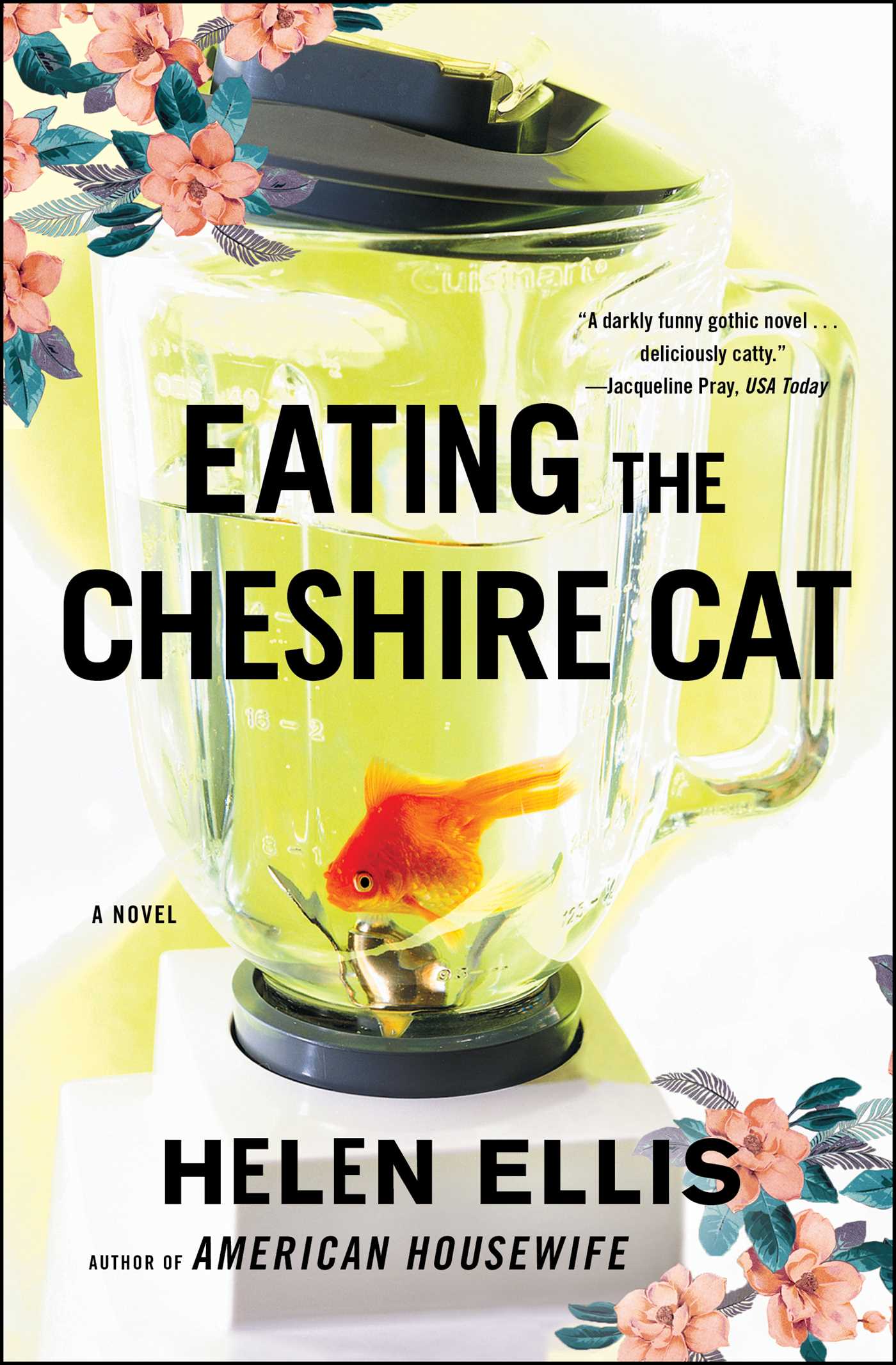I grew up in the South. I wore bows in my hair, pearls around my neck, Lilly Pulitzer sundresses, and Jack Rogers sandals. I was invited to be a debutante and I pledged a sorority. Needless to say, the importance of a well-manicured appearance has been impressed upon me, and I’ve also witnessed my fair share of bad behavior from elite Southern women. Still, I don’t think anything could have prepared me for the striking world of Cheshire, an exclusive residential community in Tuscaloosa, Alabama, which is at the heart of Helen Ellis’s first book.
My jaw still dropped in the opening pages of Eating the Cheshire Cat as Mrs. Summers helps her daughter, Sarina, get drunk and then breaks her crooked pinky fingers with the butt of an ax, ensuring a doctor will have to fix her singular physical imperfection.
Sarina Summers is one of the three girls whose lives shape the plot of Eating the Cheshire Cat. All three girls are struggling with and against the constraints of upper-Southern-class society, desperate for love and attention. Beautiful, skinny, and popular, Sarina has “the perfect life,” thanks to the dedication and determination of her mother, who is vicariously making up for her own divorce and former social blunders. Sarina lives directly across the street from her best friend, Nicole Hicks.
Nicole is the quieter and less popular friend devoted to making Sarina happy, despite her mother’s obvious objections to Sarina and her attempts to make Nicole the belle of the ball. Mrs. Hicks’s objections to Sarina stem from her own troubled history with Mrs. Summers, which comes to the foreground as Nicole’s devotion to Sarina quickly turns into a concerning pathological obsession.
And then there’s Bitty Jack Carlson, the awkward outcast at Camp Chickasaw, a summer camp for rich, privileged girls like Sarina and Nicole. Bitty Jack spends an unfortunate summer sharing a bunk with Sarina that comes to an abrupt end when Sarina falsely accuses Bitty Jack’s father of molesting her.
All three girls are thrown together again at the University of Alabama, where Sarina pledges Tri Delta, Nicole attempts to meet her mother’s incredibly high expectations, and Bitty Jack falls in love with the school mascot, who is coincidentally Sarina’s ex-boyfriend.
The highly entertaining plot and delightfully intricate story lines are just the beginning with this operatic book. While the tone and atmosphere are playful and comically dramatic, Ellis speaks to a lot of important issues that we would often rather sweep under the rug. By creating characters with problems like eating disorders, skewed body images, depression, and poor mental health, Ellis forces readers to consider the serious impact of a culture obsessed with appearing effortlessly perfect.
Helen Ellis combines the haughty atmosphere of Kathryn Stockett’s The Help, the wonderful absurdity of Daniel Wallace’s Big Fish, and the biting scorn of Flannery O’Connor’s short story “Good Country People” to acutely dissect the nuances of Southern living. Much like Ellis’s popular short-story collection American Housewife, Eating the Cheshire Cat is a fun, entertaining riot of a read that you won’t want to miss out on.
Taylor Noel works in the publicity department at Scribner.






